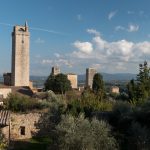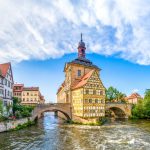Arguably the most beautiful island-dotted coastline to be found anywhere in the Mediterranean, let us introduce you to Croatia’s stunning Dalmatian coast.
Like a long-forgotten crown that’s been dusted down and brought back into the limelight, today’s Croatia gives off a rare luster. The former Yugoslav republic is wrapped in deep layers of culture and history, but it’s the country’s natural beauty – particularly its impossibly perfect coastline – which really wins travelers over.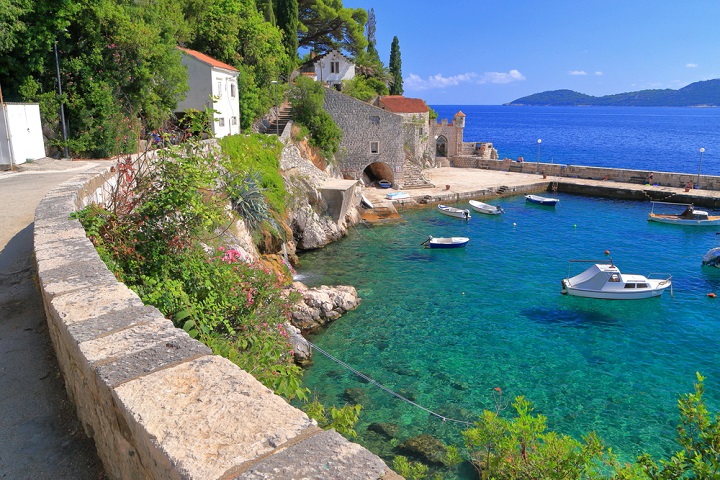
There are no fewer than 1,185 islands offshore, and when combined with the food, the sunshine and a healthy splash of old-world hospitality, they help to create a truly memorable vacation setting. Its warm traditional charms have seen Croatia dubbed ‘the Mediterranean as it once was’.
Dubrovnik
For many vacationers, Dubrovnik is Croatia. The ancient walled city – its red roof tiles contrasting spectacularly with the vivid blue of the sea – might be small, but it remains by far the most famous of the country’s attractions. Romantic poet Lord Byron called it the ‘Pearl of the Adriatic’, and when you see first-hand its fairy tale aesthetics, marble pavements and all, you’ll understand what he was talking about.
But there’s more to Dubrovnik than its sigh-inducing appearance.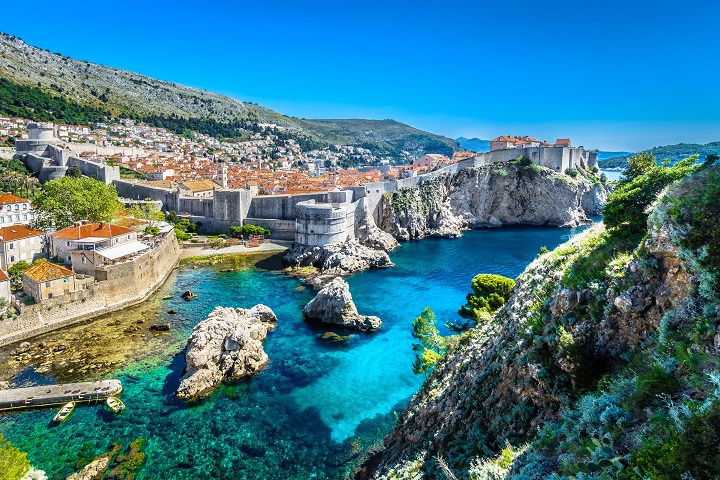
It’s somewhere you can really dig into and explore. Those mighty walls ringing the Old Town give the opportunity for a mile or more walking circuit, which is the best way of getting an overview of the Renaissance palaces and churches that lie at its heart. The city, formerly known as Ragusa, stood for centuries as a main trading rival to Venice, and the resultant wealth meant it was able to build some staggering architecture, much of which remains today.
Many of the key sights are in and around Stradun, the main thoroughfare. These include the Franciscan Church – a large baroque structure that also plays host to a monastery – and the handsome Sponza Palace, dating back to the 1500s. Nearby, the Rector’s Palace was once the seat of Ragusa’s government and retains the kind of refined atmosphere you’d expect, while the main cathedral is a grand affair dotted with statues and housing a relic-filled treasury.
To complement all this heritage, of course, there’s also a contemporary appeal running through the city. Its shopping boutiques and seafood restaurants are both superb, while both inside and outside the old walls are some genuinely high-end accommodation options. Dubrovnik also figured in the Balkan conflict of the 1990s, so there’s the chance too to learn more about the dramatic fluctuations of the region’s more recent history.
Out of Town
Croatia is a manageable size for those keen to enjoy a touring vacation. It’s roughly the same size as West Virginia, meaning that, even for those based primarily in Dubrovnik, there’s plenty of opportunity to see other parts of the country.
Four hours’ drive along a modern highway brings you to the remarkable port settlement of Split, where the town center still occupies a 1,700-year-old Roman palace.
It’s a lively, bustling town with plenty in the way of museums and terrace cafes, although it’s the palace itself – formerly the colossal home of tyrannical emperor Diocletian – which warrants the most attention. Today, to sit down to a coffee – a Croatian obsession – in what was once the palace courtyard of one the most important men alive is some experience.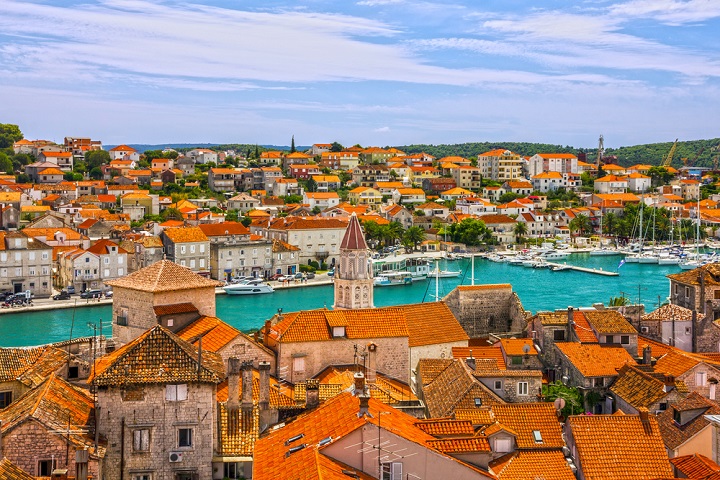
Further north along the Dalmatian Coast are arguably even greater rewards. UNESCO World Heritage-listed Trogir is a town in the Dubrovnik mould, with a carefully preserved Old Town characterized by narrow streets, Renaissance architecture and carved balconies.
Just over 20 miles away, meanwhile, Sibenik is another town with an impressive medieval feel, most notably in the form of its barrel-vaulted cathedral. It also makes a good base for a day-trip to Krka National Park, an attraction chiefly renowned for its 17-step waterfall, reachable by boat. All the above sights can realistically be incorporated into two nights away from Dubrovnik.
Island Hopping
The baby-blue waters of the Adriatic Sea boast excellent potential for island-hopping, which is one of the biggest reasons tourists are drawn to Croatia. The islands themselves come in various shapes, sizes and characters, with several of them lying close enough to Dubrovnik to be visited on day trips. Regular ferries run from the mainland, and securing passage is generally straightforward and affordable.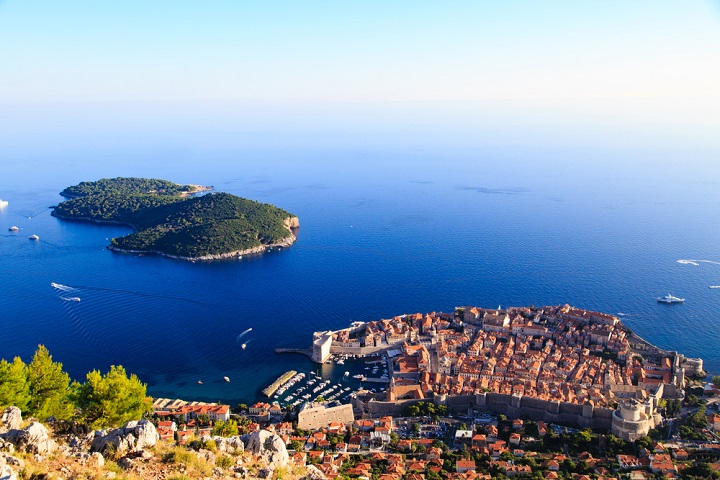
Just offshore, the island of Lokrum is a nature reserve providing a peaceful counterpoint to Dubrovnik itself, while nearby, the three Elaphite Islands can feasibly be visited in one day, although you’re likely to want slightly longer ashore to enjoy their beaches and gentle bays. Another popular option – and far bigger – is the disarmingly beautiful Mljet. It’s reached via a four-hour crossing but worth every minute. You’ll find saltwater lakes, walking trails and wild mongooses.
If you really want to get to the hub of Croatia’s island vacation charms, however, it’s worth taking the extra time to get slightly further north to Korcula and Hvar. The former has a gloriously pretty Old Town brimming with tourist-friendly places to shop, eat and drink – it’s particularly renowned for its white wine production.
The island of Hvar, meanwhile, is these days almost legend among luxury travelers. It’s both smart and sexy, aided by a heady mix of upscale hotels, trendy eateries and good-as-guaranteed sunshine. Summertime welcomes large numbers of yachts and A-list visitors – from Brad Pitt and George Clooney to Catherine Zeta Jones and Gwyneth Paltrow – although the hills and lavender fields of the interior can always provide a quieter alternative.
Diving
Those in the know point to Croatia as offering some of the cleanest and clearest waters on the planet. It’s little surprise, then, that the Adriatic coast appeals to such a broad range of divers, from long-experienced scuba practitioners to wide-eyed beginners. The underwater flora and fauna is similarly eclectic, with a number of shipwrecks adding to the overall offering.
The northern part of the coastline attracts the highest number of divers, but the southern waters – those around Dubrovnik – are particularly famed for their clarity. Iconic French diver Jacques Cousteau referred to the area as being among the most beautiful diving spots in the world.
Arguably the most famous site is the wreck of the Taranto, an Italian merchant ship which sunk during WWII, but there are a large number of other reefs, wall and cave-dives to choose from too. For the more intrepid, it’s even possible to arrange night dives.
Find out how you can explore all that Croatia has to offer on a cruise with the help of Carol Terhune and her 27 years of experience.
